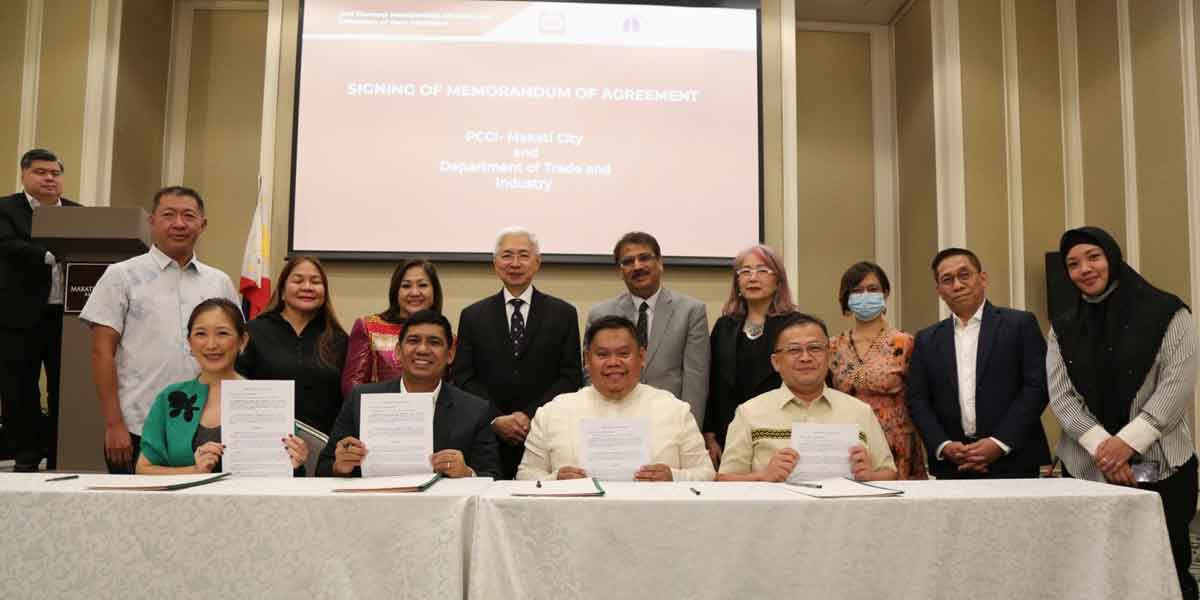
Foreign direct investment (FDI) net inflows continued its growth momentum in April 2021, rising by 114.4 percent year-on-year to US$679 million from US$317 million in April 2020 (Table 1).1,2
This brought the FDI net inflows for the first four months of 2021 to US$3.1 billion, a 56.3 percent increase from US$2 billion in the comparable period last year.
The higher cumulative FDI net inflows was due to the improvements in all components, led by non-residents’ net investments in debt instruments, which rose by 115.2 percent to US$1.9 billion from US$897 million.
Net placements of equity capital also grew by 8.1 percent to reach US$818 million from US$756 million. Reinvestment of earnings increased slightly by 2.0 percent to US$307 million from US$301 million a year ago.
FDI net inflows in April 2021 rose on the back of positive foreign investor sentiment on the country’s macroeconomic fundamentals and strong growth prospects. In particular, FDI net inflows during the month increased due mainly to the 121.2 percent expansion in non-residents’ net investments in debt instruments to US$500 million from US$226 million in April 2020.[2]
Likewise, non-residents’ net investments in equity capital rose to US$97 million in April 2021 from US$3 million in the same month last year. This developed as equity capital placements increased by 131.0 percent to US$108 million (from US$47 million), while withdrawals decreased by 75.1 percent to US$11 million (from US$44 million).
Equity capital placements during the month originated primarily from Japan, the United States, and Singapore. These were invested largely in the manufacturing and real estate industries. Meanwhile, reinvestment of earnings declined by 6.2 percent to US$82 million from US$88 million in April 2020.3
The continued rise in net investments in equity capital in April 2021 resulted in a cumulative increase of 8.1 percent (from a 4.3 percent contraction in March 2021), with the level reaching US$818 million (Table 2). January-April 2021 equity capital placements amounted to US$936 million (from US$934 million), with equity capital withdrawals at US$118 million (from US$178 million).
Equity capital placements in the first four months of the year were mostly from Singapore, Japan, and the United States. These were channeled mainly to the 1) electricity, gas, steam, and air-conditioning; 2) financial and insurance; and 3) manufacturing industries.
—
1 The BSP statistics on FDI are compiled based on the Balance of Payments and International Investment Position Manual, 6th Edition (BPM6). FDI includes (a) investment by a non-resident direct investor in a resident enterprise, whose equity capital in the latter is at least 10 percent, and (b) investment made by a non-resident subsidiary/associate in its resident direct investor. FDI can be in the form of equity capital, reinvestment of earnings, and borrowings.
2 The BSP FDI statistics are distinct from the investment data of other government sources. BSP FDI covers actual investment inflows. By contrast, the approved foreign investments data that are published by the Philippine Statistics Authority (PSA), which are sourced from Investment Promotion Agencies (IPAs), represent investment commitments, which may not necessarily be realized fully, in a given period. Further, the said PSA data are not based on the 10 percent ownership criterion under BPM6. Moreover, the BSP’s FDI data are presented in net terms (i.e., equity capital placements less withdrawals), while the PSA’s foreign investment data do not account for equity withdrawals.
3 Net investments in debt instruments consist mainly of intercompany borrowing/lending between foreign direct investors and their subsidiaries/affiliates in the Philippines. The remaining portion of net investments in debt instruments are investments made by non-resident subsidiaries/associates in their resident direct investors, i.e., reverse investment.
[2] Net investments in debt instruments consist mainly of intercompany borrowing/lending between foreign direct investors and their subsidiaries/affiliates in the Philippines. The remaining portion of net investments in debt instruments are investments made by non-resident subsidiaries/associates in their resident direct investors, i.e., reverse investment.



















